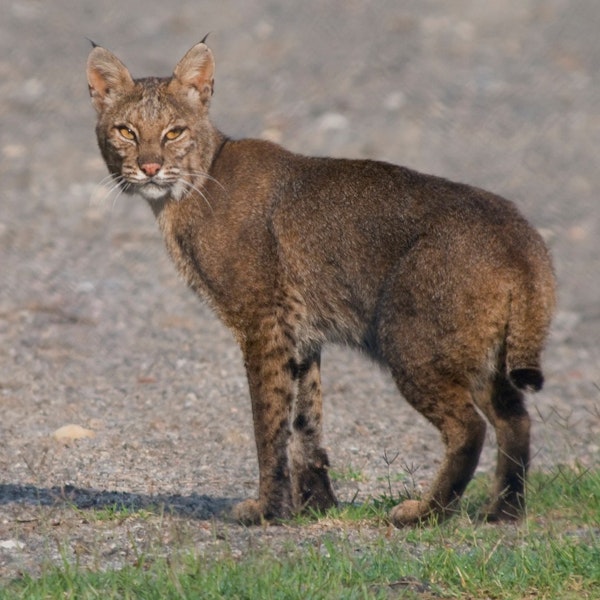World Wildlife Day 2021
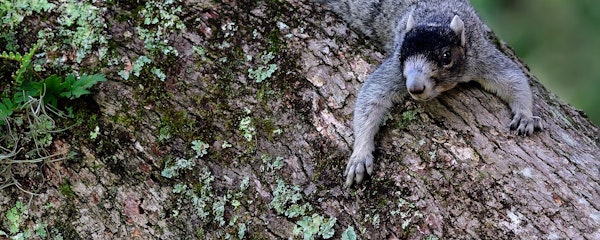
While we are thinking about wildlife everyday at Congaree Land Trust, March 3rd marks an annual opportunity to celebrate and raise awareness of the importance of preserving wildlife habitat— for our heritage, culture and hearts—for generations to come.
This year, WWD highlights the central role of forests, forest species and ecosystems services in sustaining the livelihoods of hundreds of millions of people globally. Between 200 and 350 million people live within or adjacent to forested areas around the world, relying on the various ecosystem services provided by forest and forest species for their livelihoods and to cover their most basic needs, including food, shelter, energy and medicines.
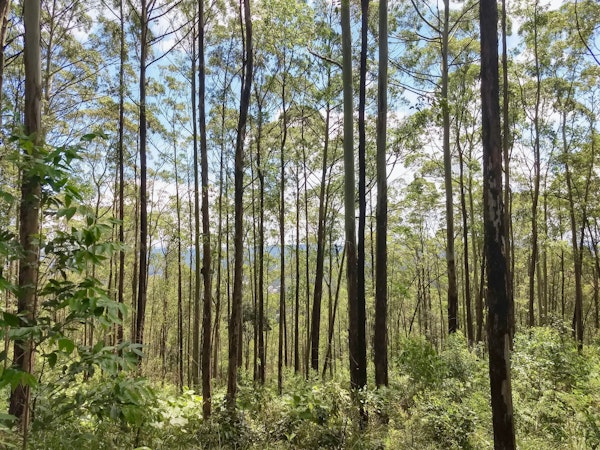
An ecosystem service is any positive benefit that wildlife or ecosystems provide to people. The benefits can be direct or indirect—small or large. Some of the benefits our natural and working forests ecosystems provide us in central SC are:
1) Clean air to breathe
2) Healthy watersheds, with tree roots holding soil in place to prevent erosion
3) Habitat for wildlife species
4) Jobs to sustain our local, rural economy
5) Natural, beautiful spaces to get outside and connect with nature
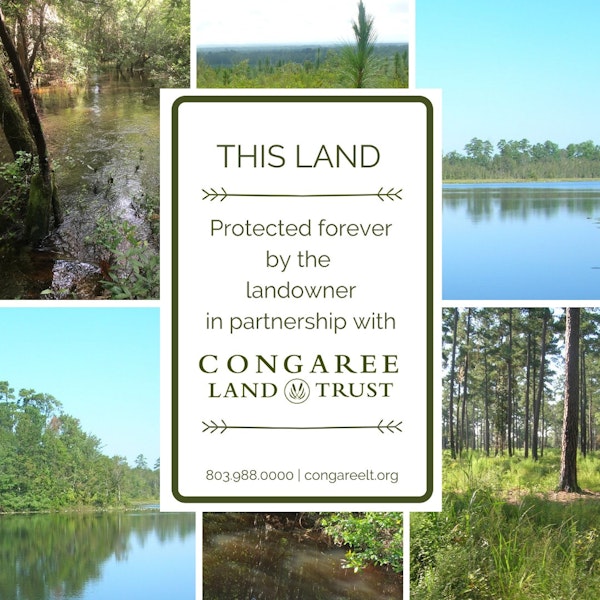
Conserving our forests and preventing forest fragmentation is vital in improving local biodiversity and ecological integrity in this part of SC, which in turn supports global efforts. CLT works to preserve diverse and abundant wildlife habitat through the voluntary conservation of large tracts of land.
In fact, since 1992, CLT has worked to conserve 69,886 acres of working and natural forests across 14 counties in central SC. These include loblolly and long leaf pine forests, forested wetlands, hardwood forests, sand hill ecosystems, and creek bottom and riparian hardwood areas along our precious waterways.
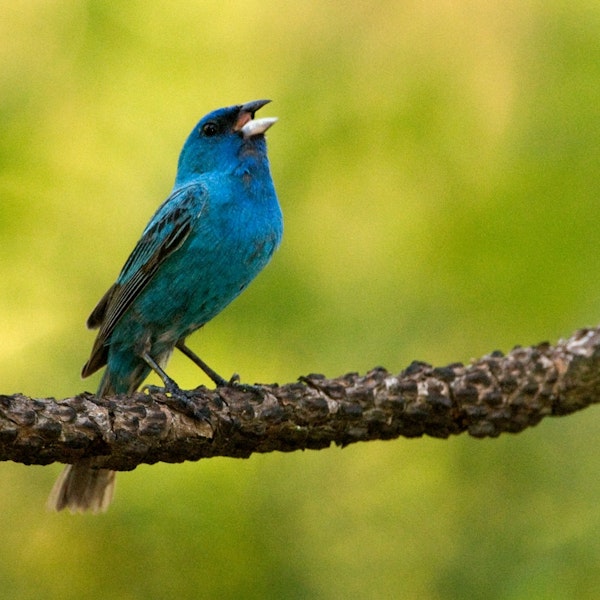
These diverse forest ecosystems provide a diversity of wildlife habitat. Forested wetlands and creek bottom hardwoods provide prime breeding and migratory habitats for a wide variety of Neotropical migratory birds, whose declines have been linked to habitat fragmentation. Pine forests welcome the arrival of swallow-tailed kites in South Carolina. Each spring is one of the most anticipated birding events of the year. Flying astounding distances from Central and South America, these much-loved kites annually seek out the same forested areas, where they build nests and raise their young in towering pine tops. Mammals such as bats, deer, bobcat, mink, muskrat, opossum and red foxes all call forests their homes. Hundreds of species' forested habitats are enhanced through conservation easements. (Want to learn more? You can track a detailed list of threatened and endangered species by county here, from SCDNR here.
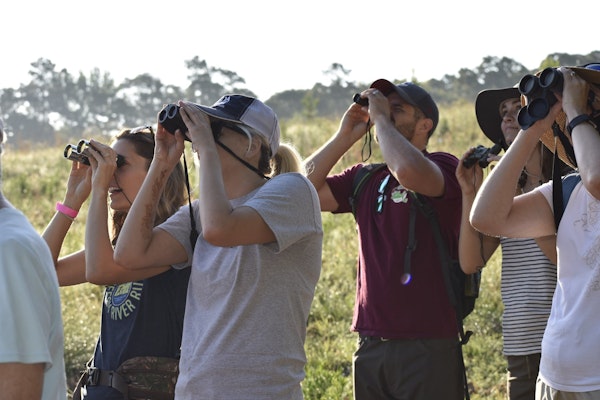
CLT could not preserve significant wildlife habitat without the conservation-minded landowners who choose to conserve their lands. Here at CLT, we have the incredible job of working with people who love the land and wish to leave a legacy for future generations. Their choice to conserve benefits us all—the people, plants, and wildlife all living here. Long-time Bramblewood Farm Manager, Ralph Cantey, says it well: “The many different habitats encourage such a wide range of plants and animals which allow us all an opportunity to experience. The owners of Bramblewood are keenly aware of the importance of conserving this unique place for the community and future generations.”
Our forests are a vital habitat for migratory birds, plants and mammals, and their loss impacts our state's recreation and biodiversity. A gift can help protect wildlife habitat in central SC: click here to GIVE TODAY! Can't give a gift? Join us in advocating for the habitats that our wildlife depend on in central SC—> Share this article!
(Article Sources: worldwildlifeday.org, SCDNR, epa.gov, Charleston Magazine)


